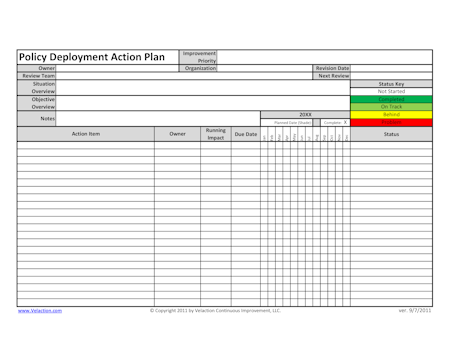8 Reasons People Resist Change (+Video +MP3)
Improvement, by definition, requires altering behaviors. And since most people show a reluctance to change, it follows that improvement efforts can be an uphill battle. Let’s start by addressing 8 of the major reasons why people resist change. Fear. By far the biggest reason for resistance to change, fear creates Read more…





